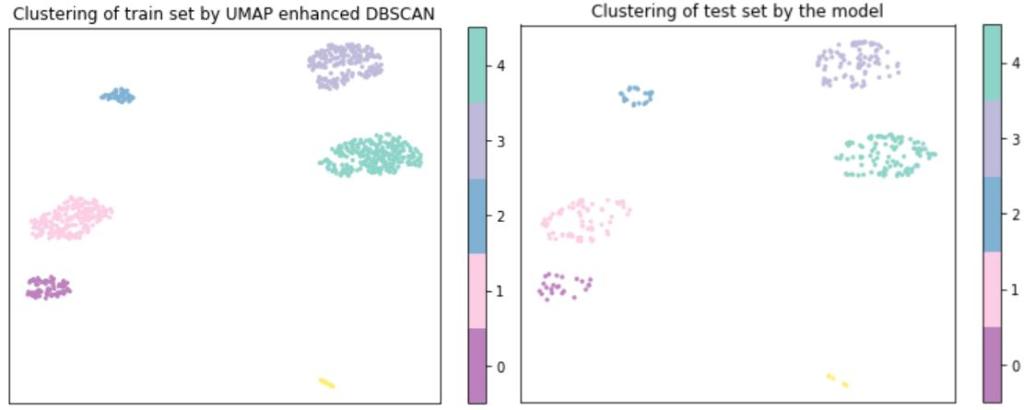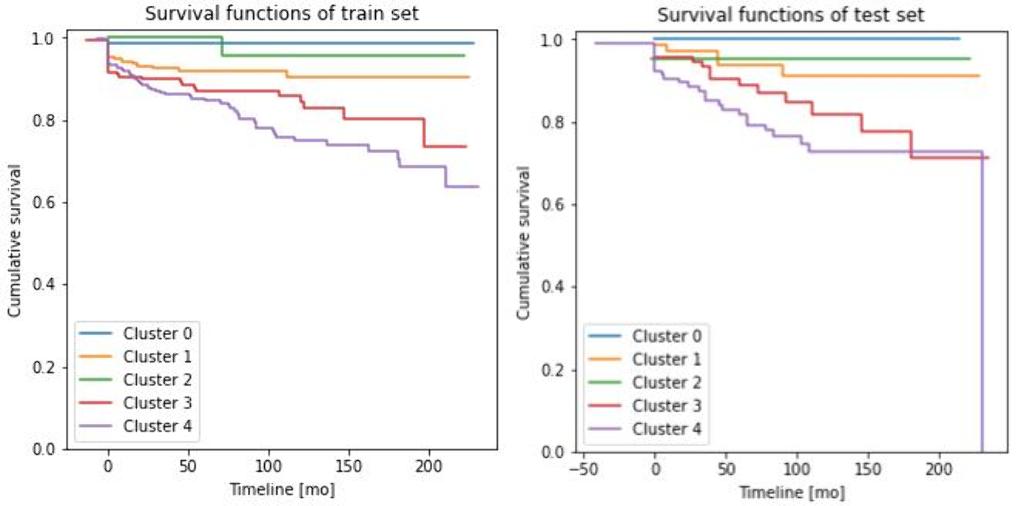N. Kennedy (Rochester, US)
Mayo Clinic Department of Orthopedic SurgeryPresenter Of 2 Presentations
24.1.1 - Meniscus Repair in Selected Patients Over 60 Can be Beneficial
Abstract
Purpose
1) to report the clinical and radiographic outcomes of meniscus repair procedures in patients age 60 or older and compare them to matched patients who were treated with meniscectomy, and 2) to identify procedural failures.
Methods and Materials
The study cohort included patients over 60 years of age who underwent meniscus repair at a single medical institution (Mayo Clinic, Rochester, MN, USA). Medical records were reviewed to obtain demographic information, clinical history, physical exam findings, imaging details, and treatment details. The study cohort were matched by age (within 5 years), sex, BMI (within 5 years), and tear location (medial or lateral) with a comparative cohort. All patients were interviewed and completed a questionnaire comprising of IKDC (International Knee Documentation Committee Subjective Knee Form), KOOS and the Lysholm Knee Scoring Scale.
Results
 81 patients (52 F: 29 M; 81 total knees) over the age of 60 with meniscus tears were included with a mean follow-up duration of 42.2 (±23.6) months. Mean age was 64.5 ( 4.4) years. Most knees had a tear of the medial meniscus (72.8%), while the lateral meniscus was torn in 27.2% of cases. In the majority of tears involved the meniscus root (56.8%), followed by the posterior horn (34.6%), and the mid-body (8.6%). At follow-up, the IKDC Subjective Knee Form Score was 78.9 ± 13.4 in the repair group and 56.0 (±15.4) in the meniscectomy group, the KOOS Knee Injury and Osteoarthritis Outcome Score 86.6 (±11.9) and 61.7 (±16.2) and the Lysholm Score 88.3 (±13.3) and 68.7 (±15.2) respectively. All scores were significantly superior in the repair group compared to the meniscectomy group (P < .001).
81 patients (52 F: 29 M; 81 total knees) over the age of 60 with meniscus tears were included with a mean follow-up duration of 42.2 (±23.6) months. Mean age was 64.5 ( 4.4) years. Most knees had a tear of the medial meniscus (72.8%), while the lateral meniscus was torn in 27.2% of cases. In the majority of tears involved the meniscus root (56.8%), followed by the posterior horn (34.6%), and the mid-body (8.6%). At follow-up, the IKDC Subjective Knee Form Score was 78.9 ± 13.4 in the repair group and 56.0 (±15.4) in the meniscectomy group, the KOOS Knee Injury and Osteoarthritis Outcome Score 86.6 (±11.9) and 61.7 (±16.2) and the Lysholm Score 88.3 (±13.3) and 68.7 (±15.2) respectively. All scores were significantly superior in the repair group compared to the meniscectomy group (P < .001).
Conclusion
Meniscus repair provides superior clinical results at mean follow up of 42.2 months compared to partial meniscectomy. Meniscus repair should be considered when indicated even in patients at or over the age of 60.
P266 - Automated Risk Stratification of Osteoarthritis Patients with Femoroacetabular Impingement Using Unsupervised Learning
Abstract
Purpose
The study's purpose was to (1) to stratify the risk of progression to OA of Hip FAI patients with unsupervised machine learning and (2) to divide the subgroups of Hip FAI patients and to compare the progression to OA and the risk factors for each subgroup.
Methods and Materials
Between 2000 and 2016, the medical records of patients diagnosed with FAI in the Rochester Epidemiology Project were reviewed. Total of 1,071 patients with a mean age of 28.5 years. Progression to OA was followed-up for an average of 92.6 months. Demographics, physical exam, imaging information were screened, and only the features that were significantly different between the OA and non-OA groups using t-test and chi-square test were included. The patient’s data were randomly split into two mutually exclusive sets: Train set (70%) for the model development and test set (30%) for validating the reproducibility. In this paper, the unsupervised machine learning algorithm, dimension reduction, and the clustering algorithm were used to stage the risk of hip FAI patients in the progression to OA.
Results
Of the 1,071 patients, 149 (13.9%) progressed to OA over an average follow-up of 40.1 months. Figure 1 shows the 2-dimensional visualization of the hip FAI dataset by the UMAP algorithm. With UMAP enhanced DBSCAN, the patients were clustered into five subgroups. (Fig 1a). Fig 1b shows the projection of test patients by the trained model. It can be seen that the test patients were clustered into five groups of train sets. Each group’s long-term prognosis is shown in Figure 2.

Conclusion
Unsupervised machine learning algorithm can be applied in the precise staging of the long-term prognosis of FAI patients and is also more useful in finding dominant risk factors for the individual patient than conventional statistics.
Presenter Of 1 Presentation
P266 - Automated Risk Stratification of Osteoarthritis Patients with Femoroacetabular Impingement Using Unsupervised Learning
Abstract
Purpose
The study's purpose was to (1) to stratify the risk of progression to OA of Hip FAI patients with unsupervised machine learning and (2) to divide the subgroups of Hip FAI patients and to compare the progression to OA and the risk factors for each subgroup.
Methods and Materials
Between 2000 and 2016, the medical records of patients diagnosed with FAI in the Rochester Epidemiology Project were reviewed. Total of 1,071 patients with a mean age of 28.5 years. Progression to OA was followed-up for an average of 92.6 months. Demographics, physical exam, imaging information were screened, and only the features that were significantly different between the OA and non-OA groups using t-test and chi-square test were included. The patient’s data were randomly split into two mutually exclusive sets: Train set (70%) for the model development and test set (30%) for validating the reproducibility. In this paper, the unsupervised machine learning algorithm, dimension reduction, and the clustering algorithm were used to stage the risk of hip FAI patients in the progression to OA.
Results
Of the 1,071 patients, 149 (13.9%) progressed to OA over an average follow-up of 40.1 months. Figure 1 shows the 2-dimensional visualization of the hip FAI dataset by the UMAP algorithm. With UMAP enhanced DBSCAN, the patients were clustered into five subgroups. (Fig 1a). Fig 1b shows the projection of test patients by the trained model. It can be seen that the test patients were clustered into five groups of train sets. Each group’s long-term prognosis is shown in Figure 2.

Conclusion
Unsupervised machine learning algorithm can be applied in the precise staging of the long-term prognosis of FAI patients and is also more useful in finding dominant risk factors for the individual patient than conventional statistics.



